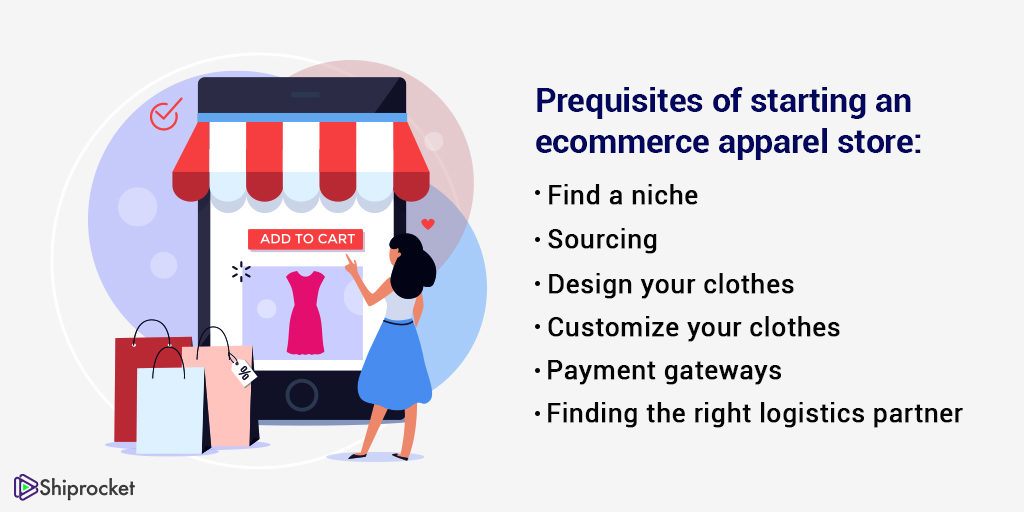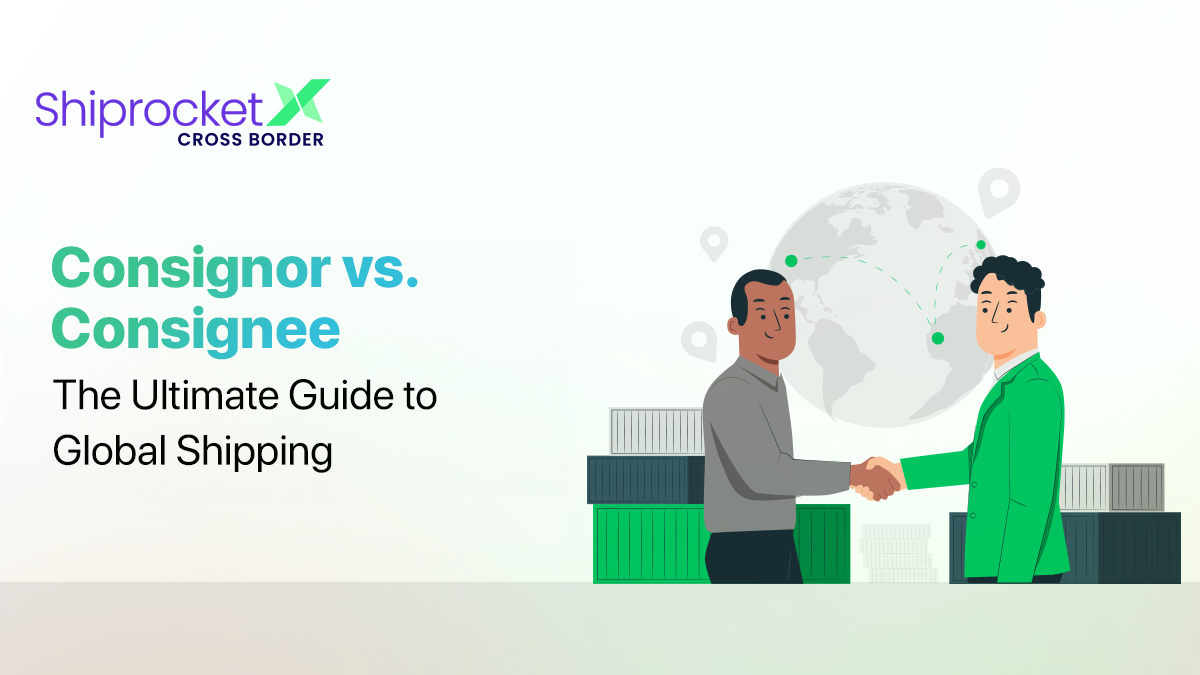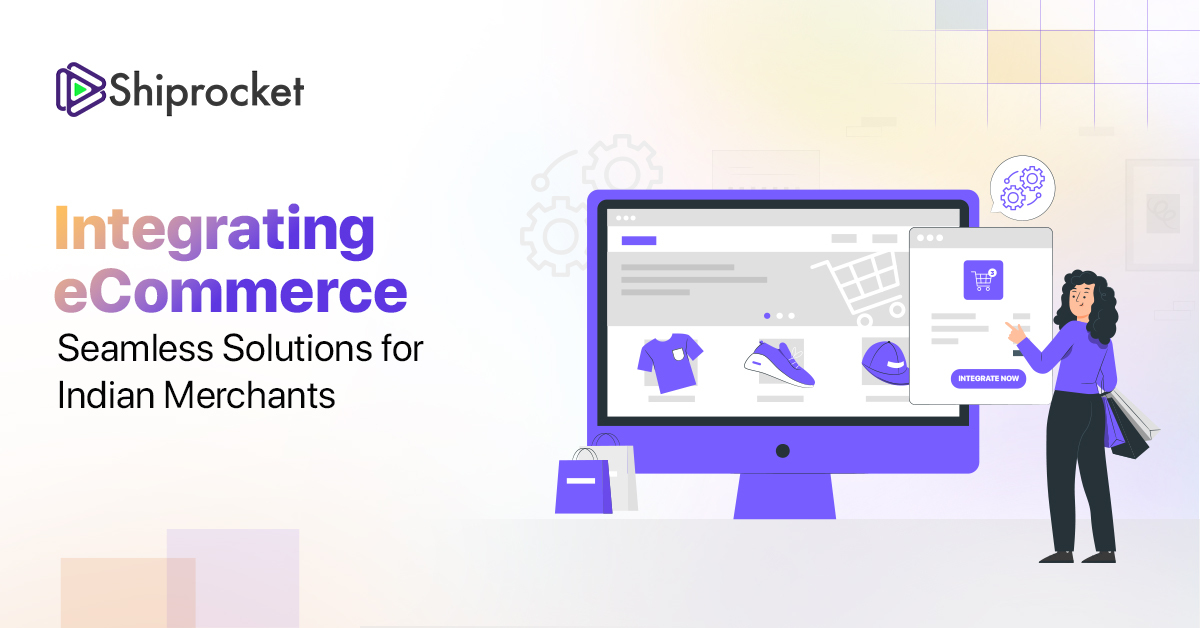How To Start Apparel eCommerce Business In India
- Steps to Start a Successful Apparel eCommerce Business
- #1. Find A Niche
- #2. Create a Business Strategy
- #3. Choose an eCommerce Platform
- #4. Source High-Quality Apparel
- #5. Design Your Clothes
- #6. Customise Your Clothes
- #7. Set Up Payment Gateways
- #8. Launch & Promote Your Online Apparel Store
- #9. Optimise the Cart and Checkout Process
- #10. Finding The Right Logistics Partner
- Indian Apparel Industry: Future & Why You Should Start an Online Store
- The Bottom Line
Are you planning to start an apparel eCommerce business in India? It’s no surprise why!
Intelligent entrepreneurs have determined the popularity of eCommerce niches. Selling clothes online is a popular choice both for beginners and pro eCommerce entrepreneurs. Clothes have a universal appeal and are comparatively simple to customise.

However, just because a niche is popular and profitable doesn’t mean you’d get instant success. With increasing popularity comes increasing competition. Every other day, an online store comes up. It is necessary that you make sure your store stands out from the millions of others. To ensure the same, it’s vital that you pitch high-quality products, customise your own clothes, and build an efficient brand image.
If you’re new to the eCommerce industry or looking forward to adding clothes and apparel to your online store, then this post is for you! This blog will take you through the steps you must consider to start a successful apparel eCommerce business.
Steps to Start a Successful Apparel eCommerce Business

#1. Find A Niche
As you begin to start your apparel eCommerce store, it may be useful to find a niche for your business. Since eCommerce is a competitive arena, finding a niche for yourself can help you stand out from the lot. For instance, If you create shirt dresses or t-shirts that are truly unique, either in terms of price range or design, the chances for your success will be considerably high.
Key takeaway: Before you create a niche store, it’s crucial that you take your time, research on your idea, and look for something which is out of the box or an untapped market. It is easier to gain a foot when there’s little competition.
Ensure your apparel eCommerce business stands out by offering products that not only align with your passion but also have strong earning potential. It can be a cost-friendly option as well!
#2. Create a Business Strategy
To create a business strategy, you’ll have to start by studying the market. Researching the market does not only involve studying other online apparel stores in your niche that are successfully running their business. You should also try to figure out why other businesses in your niche failed, what they did wrong, and how you can avoid the same mistake. You can also study your competitors’ unique selling points (USPs), strengths, and weaknesses to get a complete picture of their marketing strategy.
Key Takeaway: To start a clothing business online, select a business model. You can choose from 4 different business models, including print-on-demand, dropshipping, custom cut and sew, and private label. Each business model comes with their own set of pros and cons. Make sure you choose one after taking into account your overall business goals, business skills, budget, return on investments, etc.
#3. Choose an eCommerce Platform
An eCommerce platform can help you network with millions of existing customers. You can develop your eCommerce website or register as a seller in an online marketplace. However, with so many eCommerce platforms available, it becomes challenging to choose the one that fits your business needs. That’s why you should consider factors like your budget, business size, features and functionalities, user-friendliness, customer support, free trials and demos, SEO capabilities, mobile responsiveness, integrations, scalability, etc.
Key Takeaway: Once you’ve selected the eCommerce platform, you’ll have to create a business account to start selling your products. Design your online store after you’ve registered as a seller. You can pick your preferred theme that perfectly fits with your brand. Add products to your online store with complete product details, including product name and product description, high-quality images, etc.
#4. Source High-Quality Apparel
Sourcing is one of the most important prerequisites of starting an online eCommerce business. The reason why people buy or don’t buy from an online store is often their product quality. Therefore, before you start, take time and decide from where you will source your clothing material. It’s better to source high-quality apparel as it will result in providing a superior customer experience.
Key takeaway: If your products are low in quality or get torn after one or two washes, then it will leave a bad brand image of your store. This will decrease the purchase frequency, which is something you would clearly want to avoid.
#5. Design Your Clothes
If your products have great and unique designs, you will stay ahead of the game. Your products will act as a strong foundation for your eCommerce business. Try to be creative. Try to create your apparel on various themes. You can choose a theme for your online store. Look out for the designs that will match your brand.
Various brands such as W, Bewakoof, Chumbak, and many more stand out from the lot because of their unique designs.
Key takeaway: If you don’t feel confident about creating something different then you can seek help from local designers. Moreover, you can take the help of online platforms such as Upwork, Fiverr, etc. to get unique ideas from freelancers all over the world. Such platforms assist in getting high-quality designs at reasonable prices.
#6. Customise Your Clothes
CX is the need of the hour. Customers often find problems in choosing the right sizes as per their body types. If you provide customers with customised sizes and designs, it will result in higher customer satisfaction. Before sending the apparel, you can also seek validation from your customers via email. They may point out some important changes that might also help you in the long run.
Key takeaway: Create a strong brand culture by offering personalised options, like custom sizing. For example, providing the right fit for plus-size women can build a connection and encourage repeat business.
#7. Set Up Payment Gateways
As an eCommerce seller, it is essential that you keep in mind the importance of a secured payment gateway and its effect on your business. A secured payment gateway protects the details of the credit card of the customers. There are multiple payment gateways, such as Paytm, Paypal, RazorPay, etc. Keeping the convenience of the customers and the requirements of your store in mind, pick a payment gateway.
Key Takeaway: By using a secured payment gateway, you can reduce the frequency and severity of credit card fraud. Before choosing a payment gateway, look out for their service cost, virtual terminals, service agreements, and appropriate payment flow.
#8. Launch & Promote Your Online Apparel Store
Outline a strategy to launch your online apparel store successfully. This step is important to build your brand in a competitive industry, reach your target audience, and drive sales.
Promoting your online store is as important as launching it. You should not only have an online presence on different social media platforms but you should also have them integrated into your eCommerce store. When you’re going to launch a business, creating a buzz on social media is important. It’s one of the most efficient ways to help you reach your target audience, get more followers, and drive engagement that eventually leads to sales.
Key Takeaway: There are many ways to promote your online apparel store. You can go for organic marketing, email marketing, targeted advertising, content marketing, PPC marketing, and more. You can also collaborate with influencers to promote your products, depending on your budget and other requirements. Collaborating with other brands, running contests and giveaways, and leveraging user-generated content are some other effective ways to build brand image and reach your target market.
#9. Optimise the Cart and Checkout Process
Customising the cart and checkout process enhances the shopping experience, increasing the chances of completed purchases. A cluttered and complex checkout process, on the other hand, can compel potential customers to abandon their carts and leave your website.
Even though checkout is the last step in a customer’s online shopping journey, it’s the most important one as it turns a casual browser into a customer.
Key Takeaway: Be transparent about shipping, returns, taxes, and policies, but avoid overwhelming customers with too much info on the checkout page. Provide multiple secure payment methods and ensure a smooth checkout process.
#10. Finding The Right Logistics Partner
Deliveries can make or break the relationship that eCommerce sellers are trying to build with their customers. The biggest pain point for eCommerce sellers is finding a reliable logistics partner. Despite a decent product and competitive prices, you can easily lose customers if the apparel delivery is not up to the mark.
Key Takeaway: To make the entire shipping process easy, it is recommended that you use a courier aggregator like Shiprocket. The courier aggregator assists you in hassle-free delivery by offering multiple courier options as per the needs of your store. It helps you in choosing the best-suited courier partner with the help of its courier recommendation engine. The courier partner is recommended on the basis of various metrics such as cost, return order management, reviews, ratings, and pin codes.
Indian Apparel Industry: Future & Why You Should Start an Online Store
The Indian apparel eCommerce industry has grown rapidly due to factors like a young demographic, rising internet use, and higher disposable income. Key trends driving future growth include demand for personalised shopping, sustainable fashion, and the integration of modern technologies like Artificial Intelligence (AI) and AR (Augmented Reality).
The market size of the Indian fashion eCommerce industry was valued at US$ 14 billion in 2023 and is expected to reach US$ 63 billion by 2030. It’s expected to grow at a CAGR of 24% from 2023 to 2030. In addition to a huge potential for growth, there are several other reasons for starting an apparel eCommerce business in India. Some major ones are listed below:
- You can sell your products to customers globally without the limitation that accompanies an offline store.
- As compared to traditional retail spaces, you don’t need to invest a lot of money in the initial phases of starting a business.
- You have the flexibility to run your business from anywhere with access to an internet connection.
- You can establish a dedicated customer base and focus on a specific market segment by catering to their unique clothing styles or needs.
- You can easily adapt to the latest market trends and update your products on your eCommerce store based on customer feedback.
- With the right online marketplace or eCommerce platform, you have huge potential to expand your product line and reach diverse markets.
- You can gain valuable information about consumer behaviour, habits and shopping patterns to understand their preferences better and tailor your products and marketing strategy accordingly.
Despite all the benefits of starting an online apparel business, you may experience some challenges, especially in the initial stages. Some of the common ones include supply chain disruptions, inventory management, returns management, branding and marketing, market saturation, product quality and fit, competition from well-established global brands, sustainability concerns, etc.
The Bottom Line
When you start your apparel store, you need to find a balance between the quality, costs of production, and profits. No one can assure the success or failure of a business. Take time and search for the components that you don’t know about. Look out for your competitors. Look for new ways, such as influencer marketing, social media marketing, and more, to connect with a broader audience. Be passionate, create a theme, customise your apparel, and keep your costs low. Happy selling!






